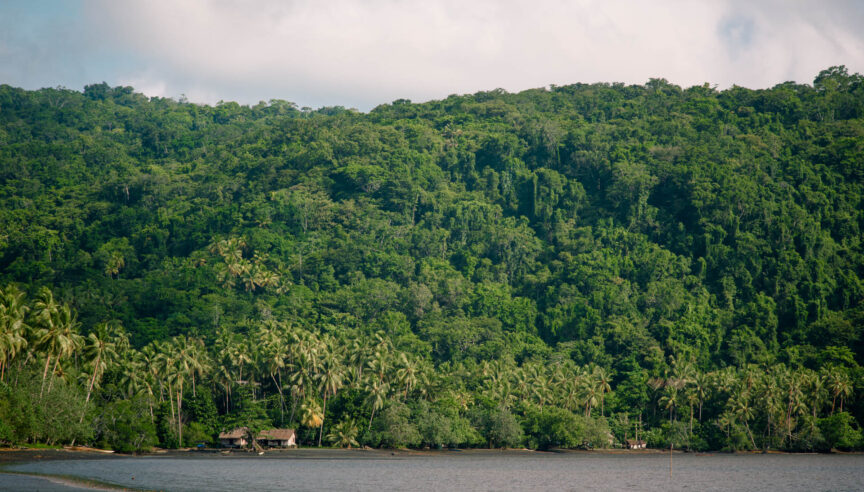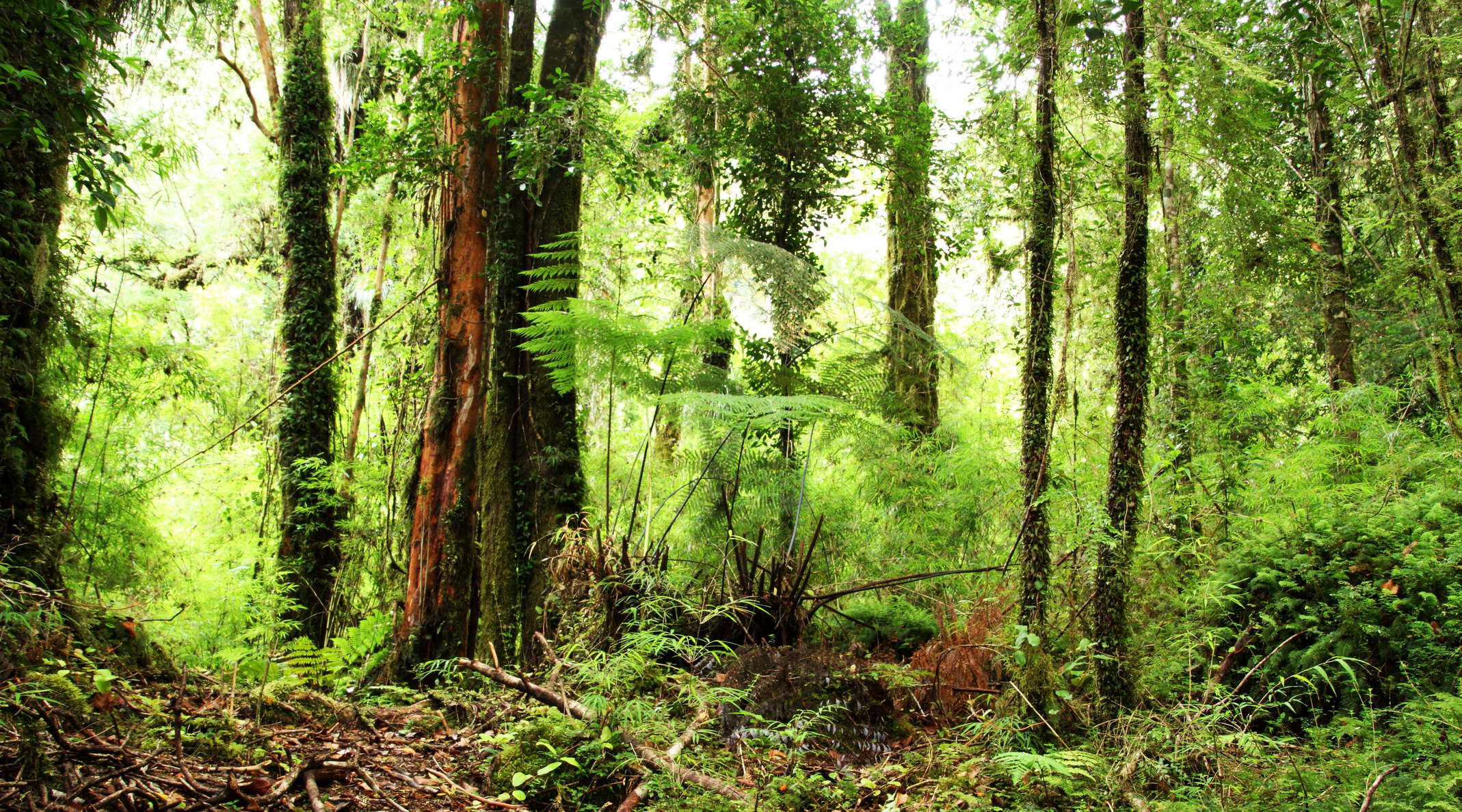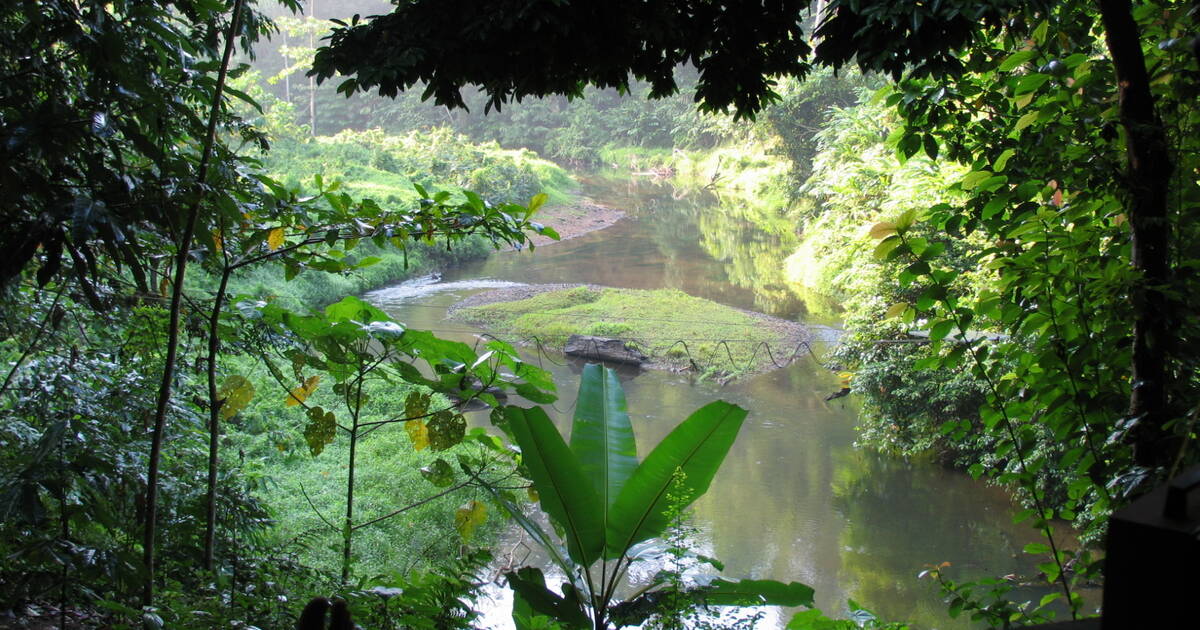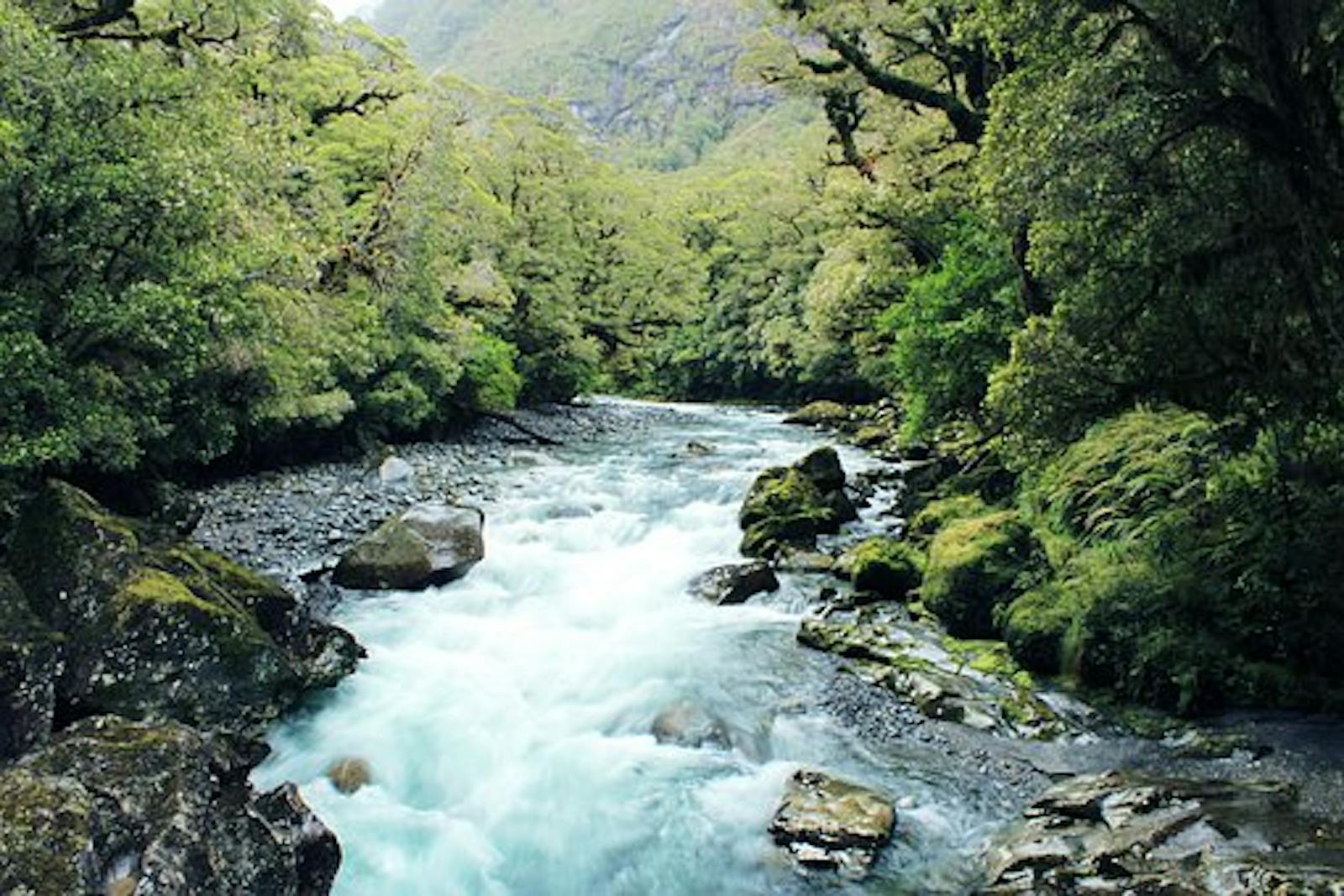Rainforests are lush, dense forests. They receive very high amounts of rainfall throughout the year. These vital areas are found worldwide, especially near the equator. Rainforests are hugely important for the whole planet. They are often called the "Lungs of the Earth". Rainforests host more than half of Earth's plant and animal species, making them crucial to global biodiversity. They also play a significant role in regulating our climate. Trees absorb vast amounts of carbon dioxide. This helps to fight climate change.
Furthermore, rainforests are key to the global water cycle. They release moisture that helps create rain, even in distant areas. Up to 40% of the rainfall in some distant agricultural regions comes from this moisture. The loss of rainforests can cause drought and instability. In this article, we'll take a look at the list of the largest rainforests in the world, including the Amazon and the Congo Rainforest.
List of Largest Rainforests in the World
The Amazon Rainforest is the largest rainforest in the world. It is a tropical rainforest spanning nine countries in South America, with the largest portion in Brazil. It is famous for its immense biodiversity and covers approximately 5.5 million square kilometres (2.1 million square miles). The second largest is the Congo Rainforest in Central Africa. Here’s the list of the largest rainforests in the world:
| Rank | Rainforest Name | Estimated Area (km²) | Location |
| 1 | Amazon Rainforest | 5,500,000 | South America (Brazil, Peru, Colombia, etc.) |
| 2 | Congo Rainforest | 1,780,000 | Central Africa (DR Congo, Cameroon, etc.) |
| 3 | New Guinea Rainforest | 288,000 | Papua New Guinea, Indonesia |
| 4 | Borneo Lowland Rain Forests | 220,000 | Borneo (Malaysia, Indonesia, Brunei) |
| 5 | Valdivian Temperate Rainforest | 248,100 | Chile, Argentina |
| 6 | Eastern Australian Temperate Rainforest | 222,100 | Australia |
| 7 | Pacific Temperate Rainforest | 60,346 | Alaska, Canada, USA |
| 8 | Tropical Rainforest Heritage of Sumatra | 25,000 | Sumatra, Indonesia |
| 9 | Bosawás Biosphere Reserve | 20,000 | Nicaragua |
| 10 | Westland Temperate Rainforest | 11,880 | New Zealand |
| 11 | Kinabalu National Park | 7,500 | Malaysia |
| 12 | Monteverde Cloud Forest | 10,500 | Costa Rica |
| 13 | Daintree Rainforest | 12,000 | Australia |
| 14 | Sinharaja Forest Reserve | 8,864 | Sri Lanka |
| 15 | Primorye Forest | 8,790 | Russia |
| 16 | Hawaiian Rainforest | 8,350 | Hawaii, USA |
| 17 | Bukit Barisan Selatan National Park | 3,568 | Sumatra, Indonesia |
| 18 | Sapo National Park | 1,804 | Liberia |
| 19 | Khao Yai National Park | 2,168 | Thailand |
| 20 | Kakum National Park | 375 | Ghana |
1. Amazon Rainforest

The Amazon Rainforest is the largest rainforest in the world. It covers about 5.5 million square kilometres in South America. Most of the forest is in Brazil. The Amazon is home to thousands of plant and animal species, many found nowhere else. Several indigenous groups live in the rainforest. Much rainfall in South America comes from this region. The forest stores large amounts of carbon. Deforestation is a serious problem. The Amazon helps regulate the world's climate. It is often called the "lungs of the Earth".
2. Congo Rainforest

The Congo Rainforest is the second-largest rainforest in the world. It stretches across central Africa. The region has a rich variety of wildlife, including gorillas, chimpanzees, and elephants. Several countries share the forest, with the Democratic Republic of the Congo as the main one. The Congo Basin helps regulate Africa's climate. It is a significant carbon sink. Many communities depend on the forest for food and shelter. However, logging and mining threaten its future.
3. New Guinea Rainforest

The New Guinea Rainforest covers parts of Indonesia and Papua New Guinea. It is the third-largest rainforest on Earth. The forest is home to many unique species, including birds of paradise. New Guinea's rainforest is home to a diverse array of plants and animals. Some species are only found here. Indigenous people live in and around the forest. The land is under threat from development. Conservation efforts are needed to protect its rich biodiversity.
4. Borneo Lowland Rain Forests

The Borneo Lowland Rain Forests are famous for their diverse wildlife. Indonesia, Malaysia, and Brunei share the island of Borneo. Orangutans, pygmy elephants, and unique birds live here. The rainforests are disappearing due to farming and logging. Many plants and animals are in danger. Local communities depend on the forest. Conservation projects are working to save habitats. Preserving Borneo's rainforest is vital for nature and people.
5. Valdivian Temperate Rainforest

The Valdivian Temperate Rainforest is in southern Chile and parts of Argentina. It is the largest temperate rainforest in South America. Giant trees, mosses, and ferns are common here. Some forests are ancient. The area is home to rare mammals like the southern pudu, the world’s smallest deer. Conservation is essential because of logging and other threats. The forests help control the local climate and store carbon.
6. Eastern Australian Temperate Rainforest

Located in Australia, the Eastern Australian Temperate Rainforest is ancient and diverse. It contains many old and rare plant species. Tall trees, vines, and ferns create a green landscape. Unique animals live here, including rare birds and marsupials. Some parts are World Heritage Sites. The forest is threatened by clearing and climate change. Efforts are underway to protect this critical natural habitat.
7. Pacific Temperate Rainforest
:max_bytes(150000):strip_icc()/__opt__aboutcom__coeus__resources__content_migration__mnn__images__2016__10__temperate-rainforest-kermode-spirit-bear-682940c65f7a471bb182f77901b84c09.jpg)
The Pacific Temperate Rainforest runs along the Pacific coast. It stretches from Alaska to northern California. The forest is home to large trees like spruce and hemlock. Many animals live here, including bears, eagles, and salmon. The area receives a lot of rain and has a moist climate. Some land is set aside for parks and reserves. Logging is a threat in some regions.
8. Tropical Rainforest Heritage of Sumatra

Located in Indonesia, the Tropical Rainforest Heritage of Sumatra is recognised by UNESCO. This rainforest is rich in biodiversity. Sumatran tigers, orangutans, and rhinos live here. Many plants and animals are unique. The forest is threatened by agriculture. Conservation programmes try to save habitats and wildlife. Local communities depend on the forest.
9. Bosawás Biosphere Reserve

The Bosawás Biosphere Reserve is in northern Nicaragua. It covers about 20,000 square kilometres. The reserve is very biodiverse, with hundreds of plant and animal species. UNESCO protects the area as a biosphere reserve. Indigenous groups live in the region. Farming and logging are threats. The reserve is essential for the climate and water supply. Conservation work helps keep the forest healthy.
10. Westland Temperate Rainforest

The Westland Temperate Rainforest is found in New Zealand. It spans almost 12,000 square kilometres along the west coast. The rainforest is known for lush trees, ferns, and a mild climate. Many birds and insects live here. Some parts are national parks. Tourism is popular, and visitors come for hiking and nature spots. Logging and invasive species threaten the forest.
Comments
All Comments (0)
Join the conversation